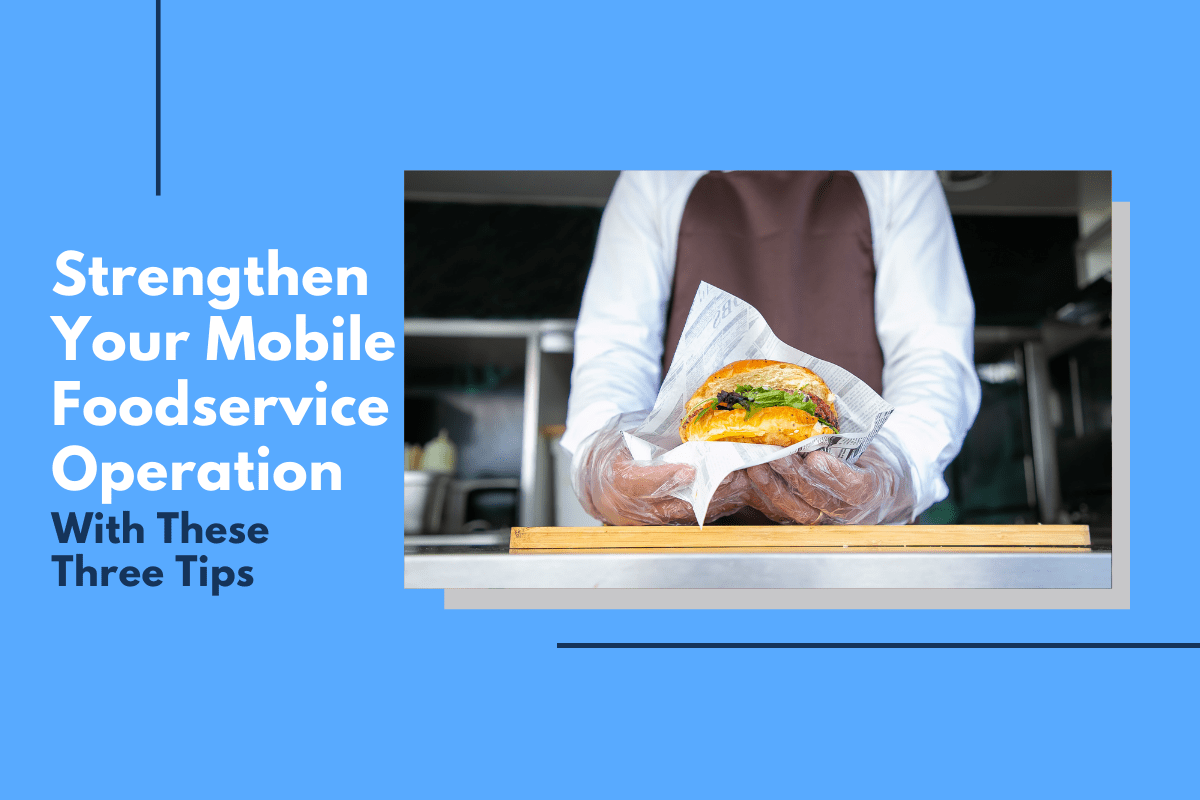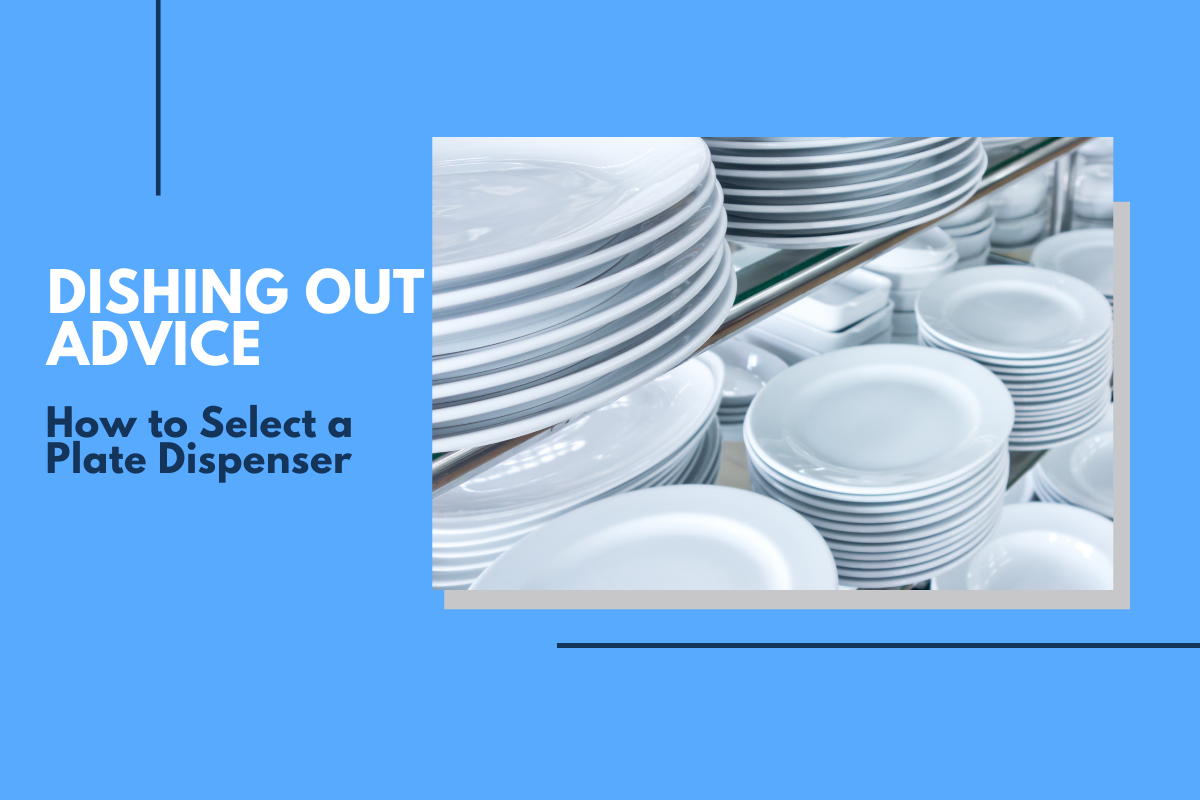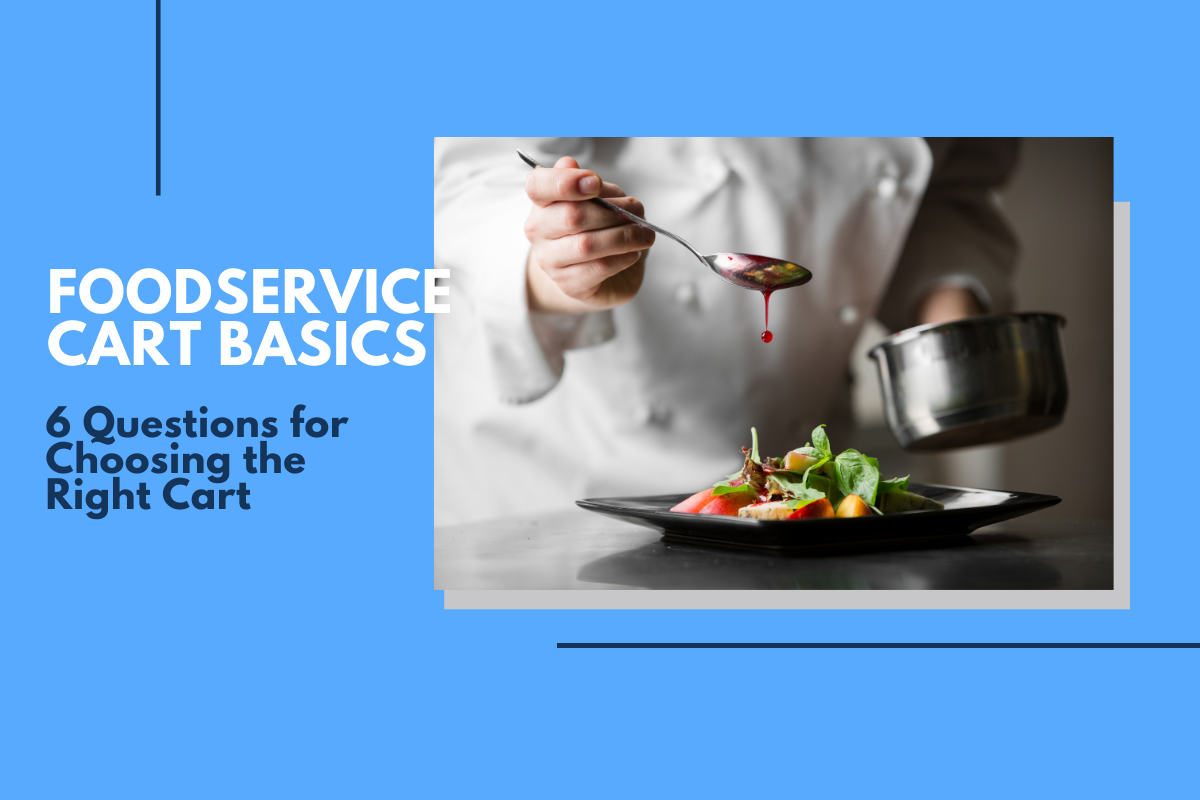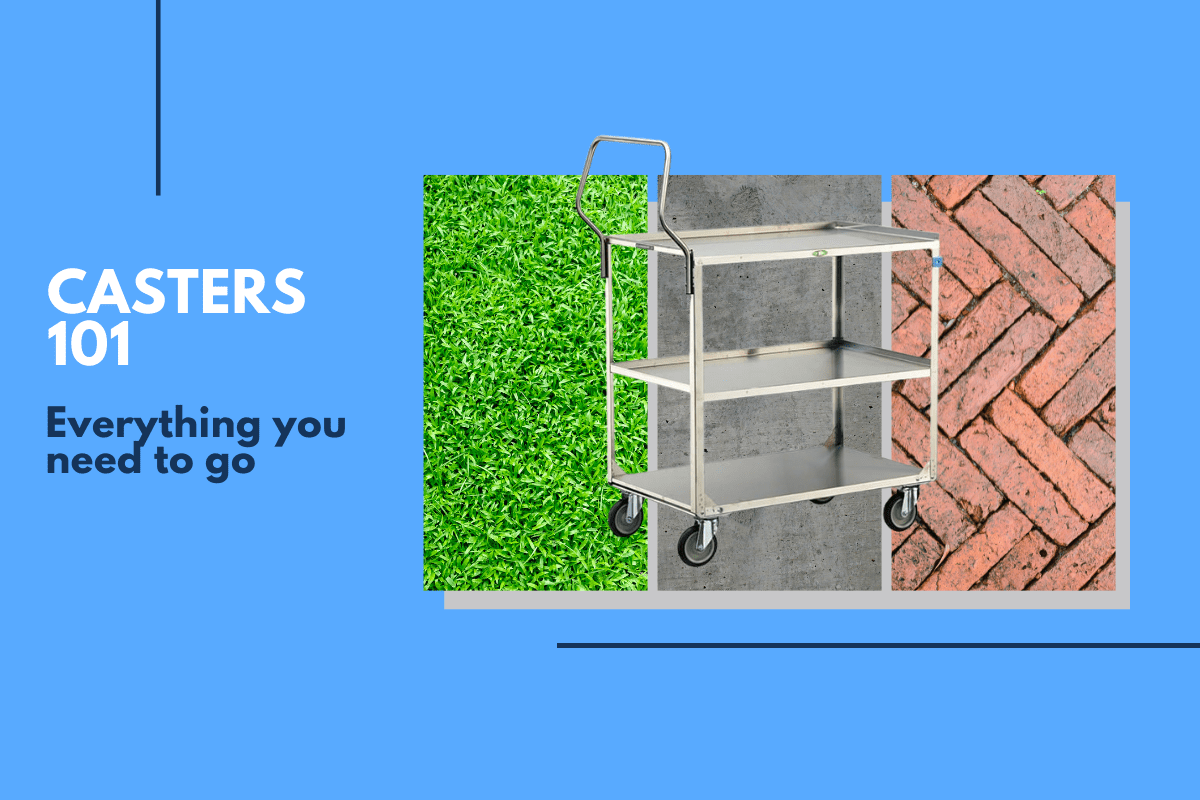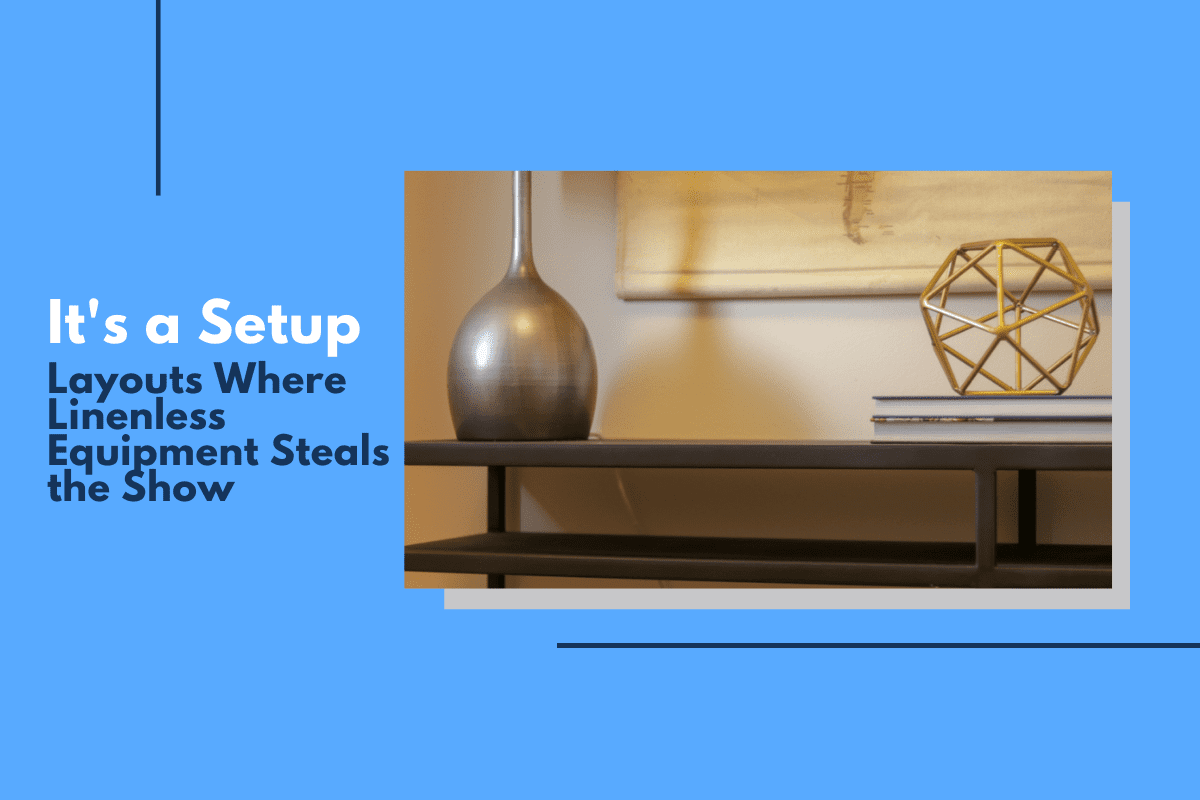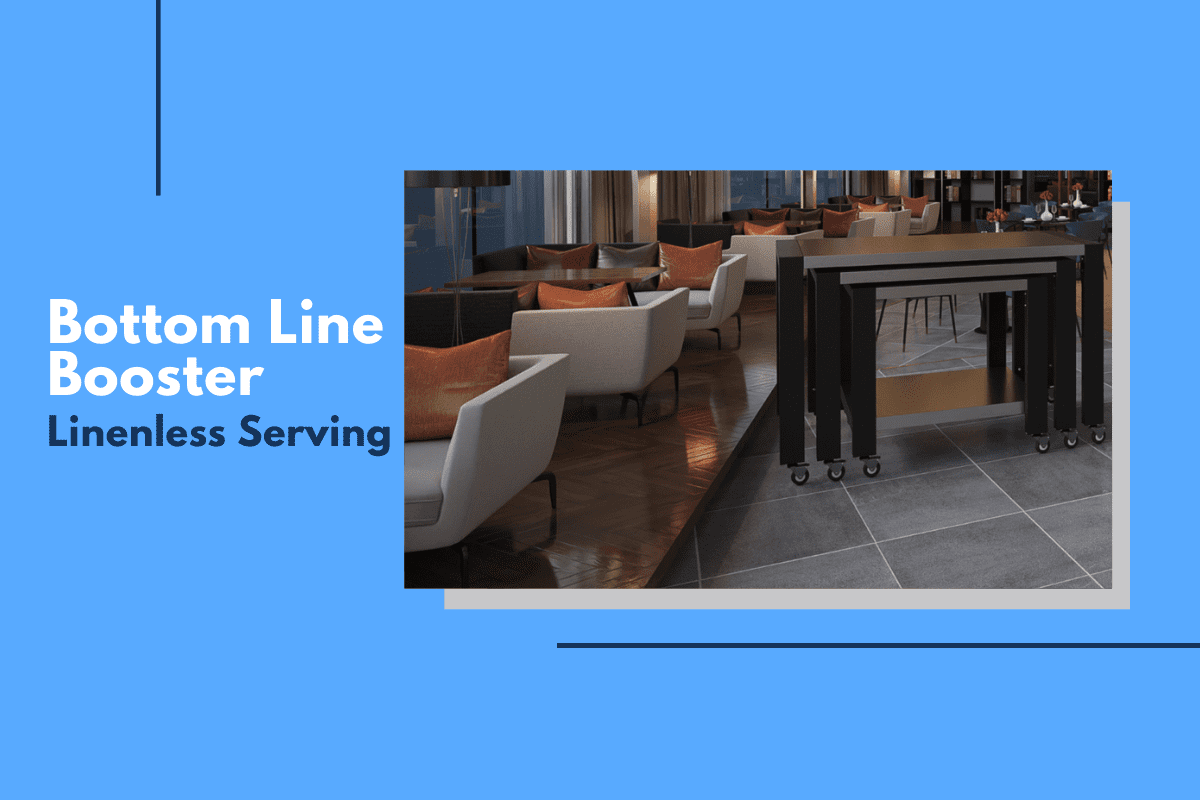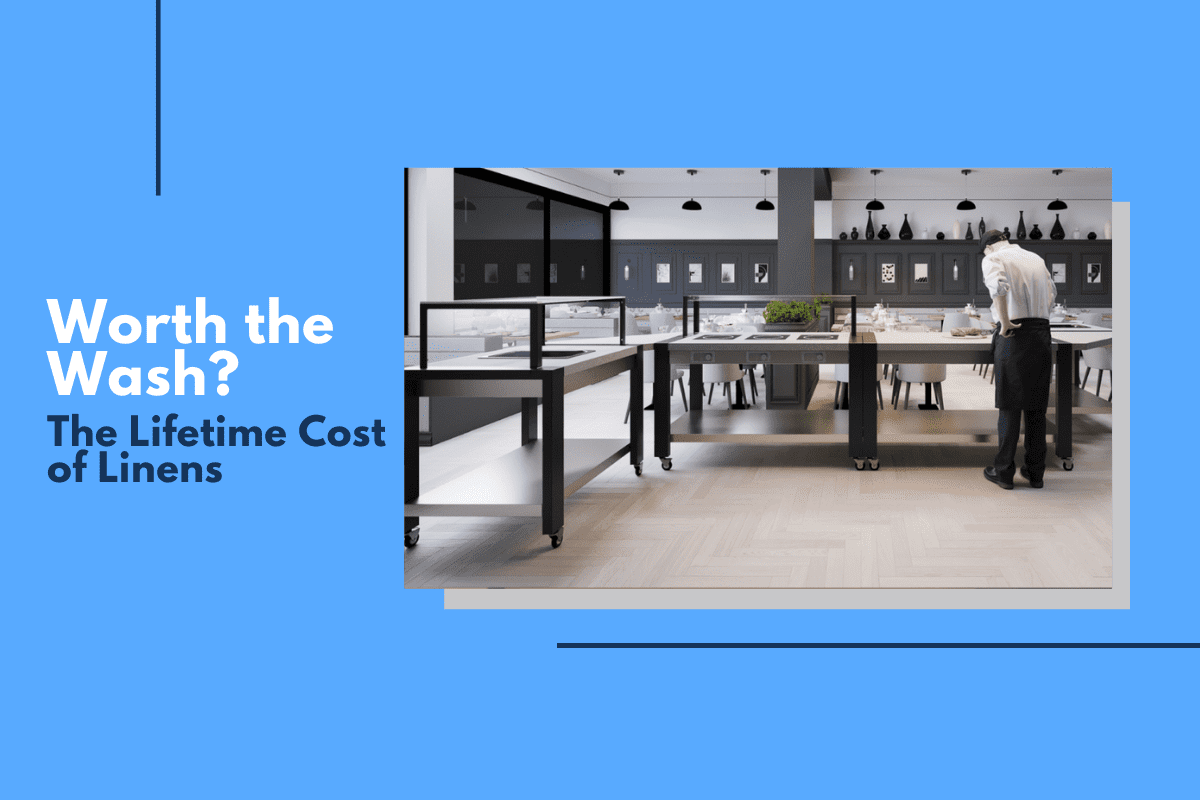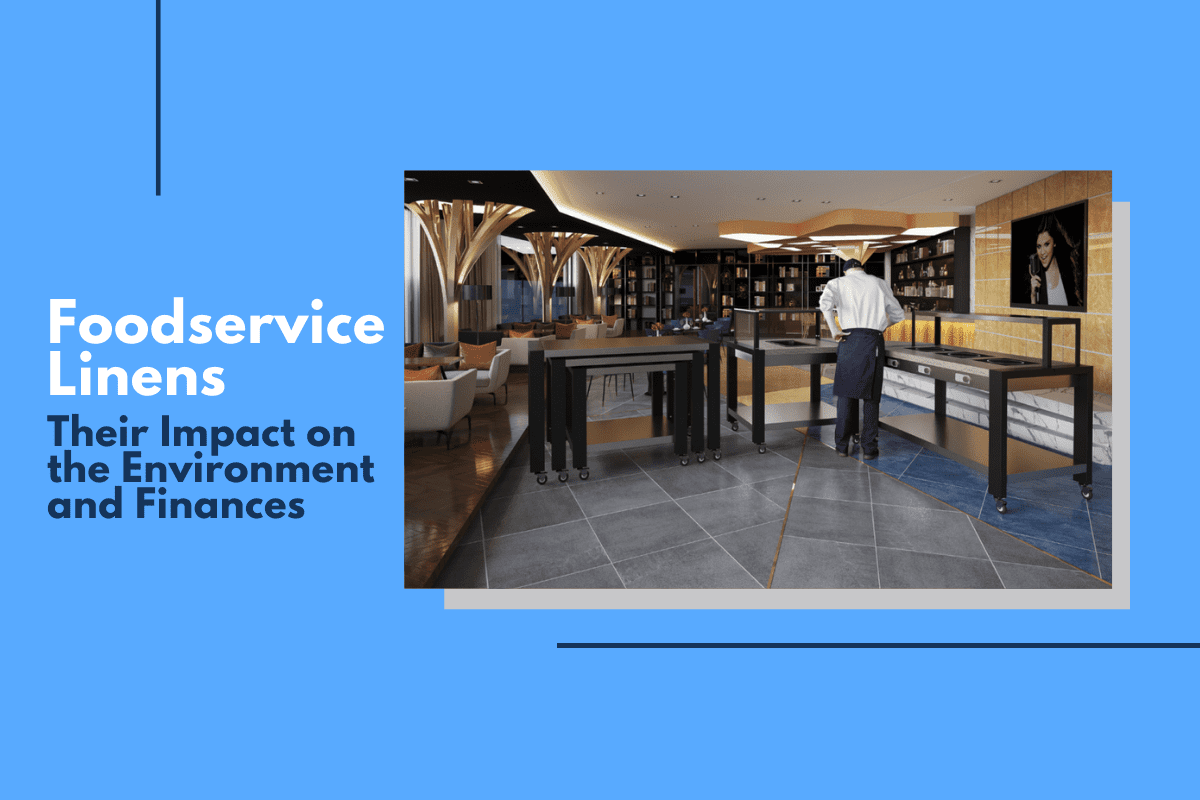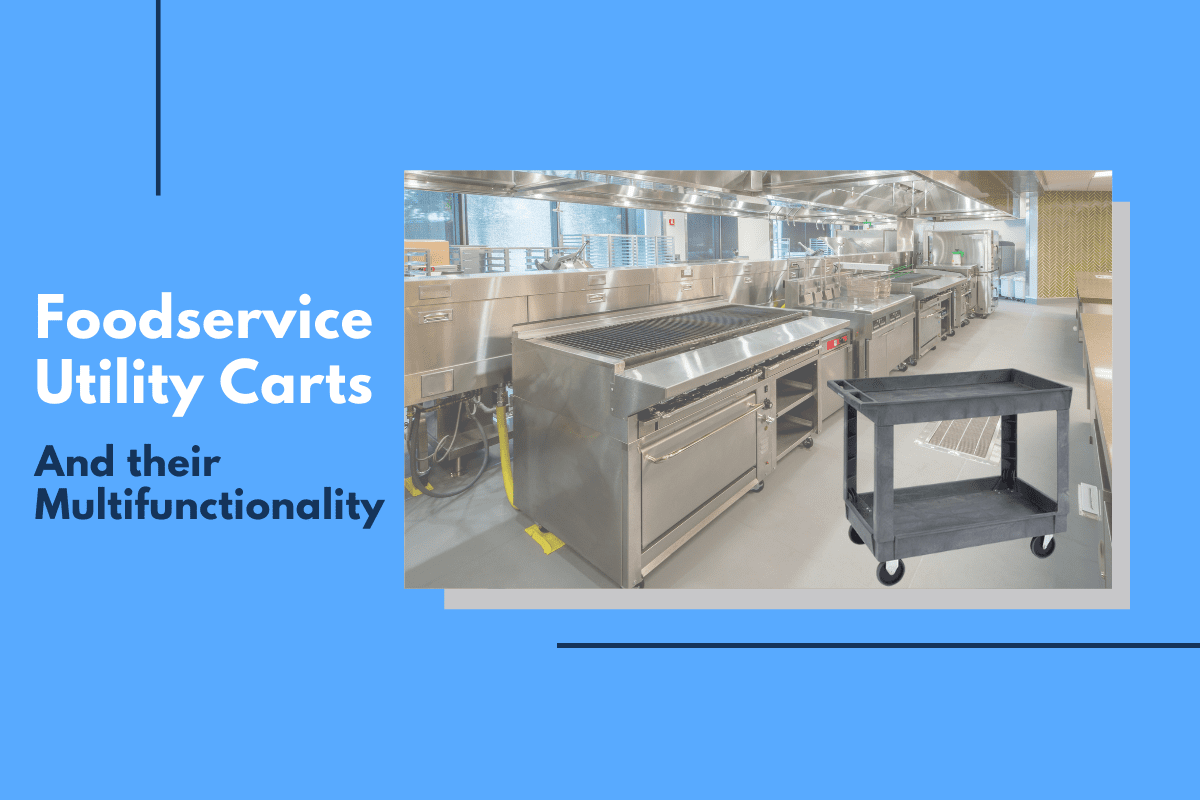
If you work in the foodservice industry, heavy-duty utility carts are a great way to transport a wide variety of items, protect valuable inventory, and is a safe storage space. Regardless of whether you’re moving boxes, retrieving supplies, or getting ready for an upcoming event, you can make life easier by relying on multifunctional utility carts, but what does multifunctional really mean? Why is it important? And what are should operators look for when considering foodservice utility carts?
Transport Supplies Seamlessly From Place to Place
Of course, one of the first ways you can use multifunctional utility carts is to transport supplies easily from place to place. For example, you might have food and beverages that you need to move to a specific room for an upcoming event. Maybe you need to move cups, plates, and napkins. Perhaps you have fragile items that deserve added protection. Heavy-duty utility carts are versatile pieces of equipment that can accommodate all of your transportation requirements.
Keep Your Supplies Organized
If you don’t keep your supplies organized, you might have a hard time efficiently carrying out your daily operations. Utility carts come with a bunch of helpful compartments that allow you to organize inventory, hardware, and other tools. That way, you make life easier for your employees and workers. They can hang their tools on the side, divide items by compartment, and make sure all fragile items have proper protection. You can also save space on storage, as you can keep some items on your utility carts if you use them regularly.
Take Advantage of Customizable Options
Different niches and industries have different needs, so you might want to customize your utility cart depending on your specific line of work. For example, you might want to choose vertical panels that provide added protection or privacy. You might want to hang pegboards on the side of your utility carts for hanging tools. You can also use shelves that have cantilevered type adjustments that create more space or make your cart easier to transport. If you want to increase the efficiency of your operations, take advantage of a personalized, customized heavy-duty utility card.
Handle Heavy Loads
Utility carts have been specifically designed to be strong and durable. If you have heavy loads that you need to transport from place to place, you can use a foodservice utility cart to help you. You do not have to worry about purchasing heavy equipment or asking your employees to manually transport heavy loads from place to place. This can significantly reduce the chances of your employees getting hurt, and you can provide your industrial equipment with the protection it requires. If you need to transport heavy loads from place to place quickly and safely, multifunctional utility carts are the way to go.
Take Advantage of Foodservice Utility Carts from Lakeside
If you work in the foodservice, catering, hospitality, or restaurant industry, you understand the importance of having heavy-duty utility carts you can use regularly. Because your utility carts can serve more than one purpose, you can reduce the equipment required by using this valuable piece of equipment to fulfill multiple roles. Furthermore, you can take advantage of added storage space while making life easier for your staff. If you want to get the most out of your utility carts, count on the foodservice professionals from Lakeside to help you.


